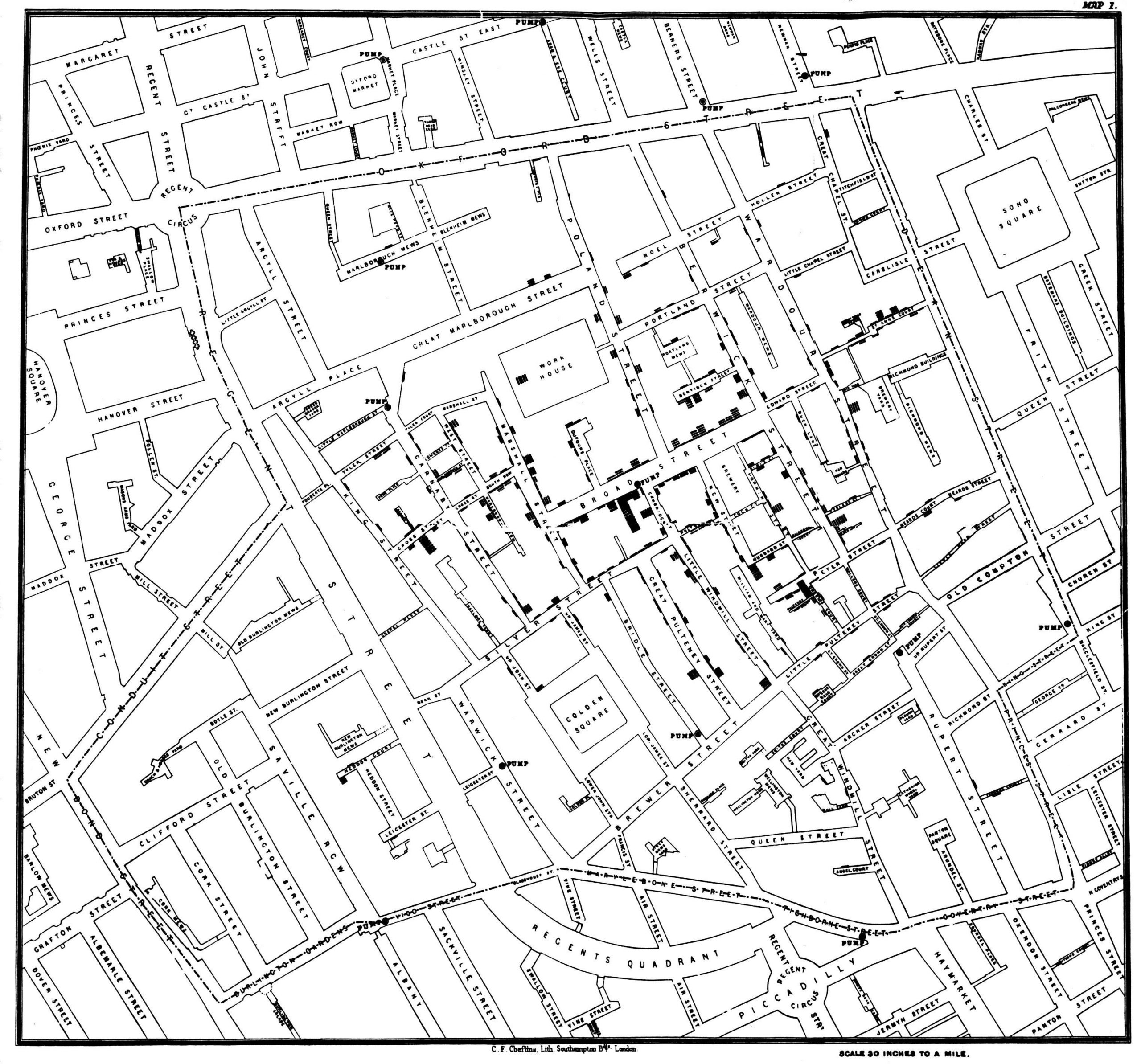Week 7 – Epidemiology Module

This module was originally designed by Dr. Kim Dej (School of Interdisciplinary Science). It has been revised and updated by Mr. Ryan Belowitz, Ms. Devon Jones and Dr. Ana Tomljenovic-Berube in the School of Interdisciplinary Science.
This lab has been modified from the following case study:
Harrison-Pitaniello, M., Shiltz, J. L., Hughes, R. E., Estep, R. L., & Mummert, A. B. (2006). Campus Outbreak! Modeling Seasonal Influenza. National Center for Case Study Teaching in Science. https://sciencecases.lib.buffalo.edu/collection/detail.html?case_id=837&id=837
Module Overview
In this Epidemiology Module, we will use the seasonal influenza virus to introduce you to the field of epidemiology and research on infectious disease modelling. The lecture will provide you with general background knowledge on the seasonal influenza virus (e.g. transmission, symptoms and strains), how the virus is studied and modelled (e.g. Fluwatch), and risk factors that make certain segments of the population more vulnerable to the virus. In the lab, there will be group discussions regarding an influenza outbreak simulation you complete using acid/base solutions. You will then be introduced to Netlogo, a program that allows you to mathematically model the spread of seasonal influenza and test the effects of changing different variables on the spread of the disease. In the tutorial, you will apply the knowledge from the lab and lecture to an infectious disease case study that takes place in a nursing home.
Learning Objectives
By the end of this module, students should be able to:
- Explain the parameters that affect the transmission of an infectious disease.
- Identify the characteristics that make people over the age of 65 more susceptible to the impacts of infection.
- Describe the importance of epidemiology in disease research and prevention.
- Design and test hypotheses.
- Apply the NetLogo software to model disease infectivity and test hypotheses.
Missed work
If you miss the lab, tutorial or any work associated with this module, here are the details on accommodations.

